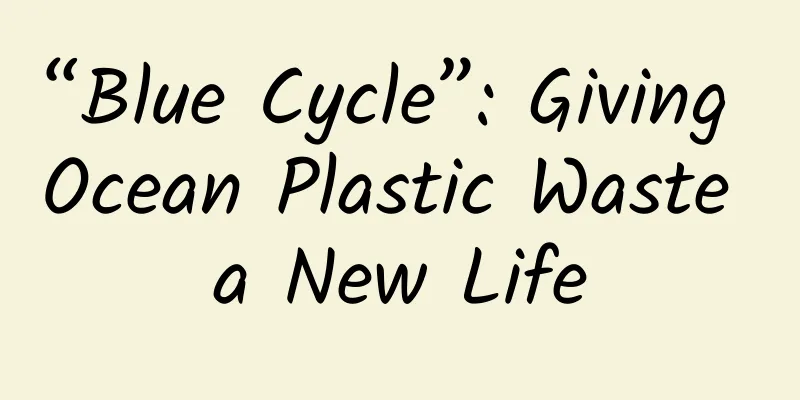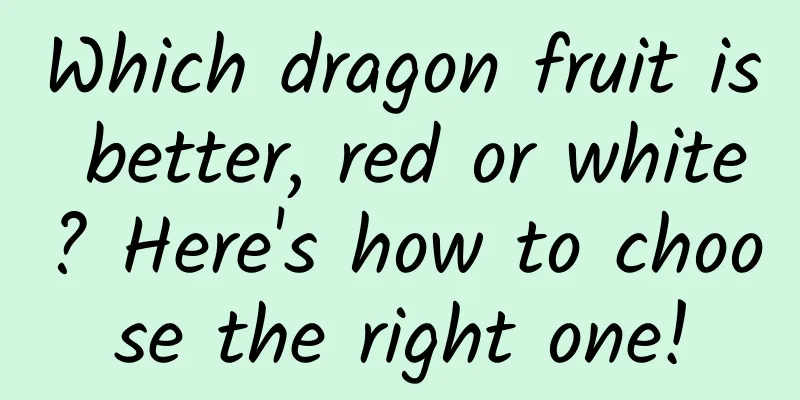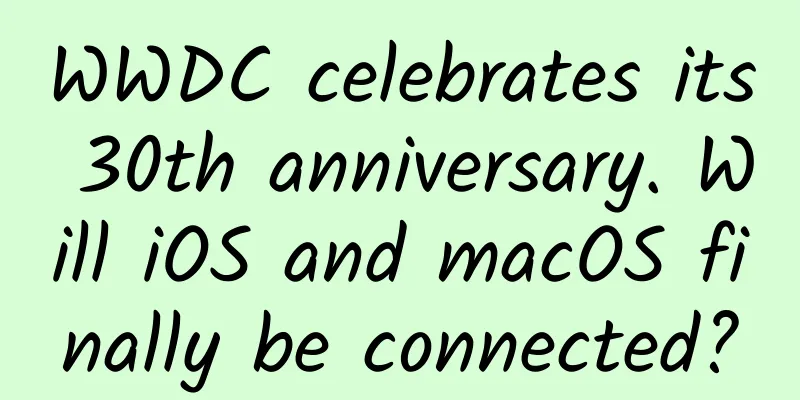“Blue Cycle”: Giving Ocean Plastic Waste a New Life

|
Author: Huang Yanhong, Huang Xianghong, Duan Yuechu In the vast ocean, plastic waste is becoming an increasingly serious problem. If these randomly discarded plastic bottles and other items remain in the seawater, they will decompose into microplastics, bringing lasting adverse effects to the marine ecology, organisms and even humans. However, the "Blue Cycle" project from Zhejiang, China, has brought new hope for the management of marine plastic waste. 1. Collection and storage: multi-party participation to improve enthusiasm At Huangjiao Island Beach in Luqiao District, Taizhou City, Zhejiang Province, after a fishing boat returns from the sea, the captain, Lao Chen, will ask the crew to remove discarded fishing nets, foam plastics, plastic bottles and other marine waste from the boat and hand them over to the "Little Blue House". Lao Chen can apply for waste recycling through the "Zheliban" App. If there is too much waste on the boat, a "Sea Didi" fishing boat will come to recycle it. On the beach, fishermen and volunteers wearing blue vests use clamps to pick up plastic bottles washed ashore by the sea. The cameras on their chests will fully record the picking process and location, and there is an electronic fence program to ensure that the bottles are actually from within 3 kilometers of the coastline. "Little Blue House" is a collection and storage site for marine waste, where plastic bottles are sorted and compressed into bottle bricks. The recycling price of each plastic bottle is 0.2-0.3 cents, which is much higher than the price of general garbage recycling stations. The income from the sale of the products will be "fed back" to the people involved in the recycling of marine plastics, which greatly improves the enthusiasm of front-end collection. At the port of Jiaojiang District, Taizhou City, there is an intelligent "Ocean Cloud Warehouse". It can intelligently classify, temporarily store and deeply purify waste such as ship pollutants and waste plastic bottles. Relying on a variety of high-tech technologies, it realizes remote unmanned control and greatly reduces subsequent transportation costs. 2. Regeneration: Unmanned workshops lead the transformation The collected marine waste will be transferred to Veolia Huafei Polymer Technology (Zhejiang) Co., Ltd. in Anji County, Huzhou City, Zhejiang Province. The company is a member of the public welfare organization "Blue Alliance" and has a marine plastic recycling certification. Outside the factory, white bags of plastic bottles waiting to be processed are neatly stacked; inside the factory, the machines are constantly roaring. The company has basically realized unmanned production processes to ensure standardized and high-quality products. Take plastic bottles as an example. They are sorted, deeply cleaned, melted and granulated here, and turned into finished plastic particles, gaining a new life. The cold washing line in the cleaning workshop removes impurities that may be on the plastic bottles, and further removes impurities through automatic optical sorting and manual sorting. Subsequently, the bottles are broken into bottle flakes, which are then washed and sorted at high temperature to remove residual impurities. By improving the pharmaceutical process and high-temperature stirring and cooking process, the sea salt and other attachments on the surface of the bottle flakes are fully hot-washed. Finally, the bottle flakes are melted, filtered, and cut by the extruder to become recycled plastic particles. Before leaving the factory, they will also undergo strict testing and inspection. Currently, the company has processed tens of millions of plastic bottles recovered from the ocean and can produce various grades of recycled plastic particles. 3. Products: High-quality fabrics, highlighting value Internationally certified marine plastic particles have higher added value. At Hangzhou Xinsheng Printing and Dyeing Co., Ltd., a member of the Blue Alliance, marine plastic particles are made into various fabrics, mainly exported to some international clothing brands. The particles can be fused with other fibers to become short fibers, or directly drawn into filaments, and then spun into yarn. In the pilot workshop, the yarn is woven into grey cloth by the "skillful hands" of the circular knitting machine, then dyed on the dyeing and finishing production line, and finally tested in a constant temperature and humidity test room to ensure that the quality meets international standards. Since the sources of marine plastics are non-standardized, many technical difficulties need to be solved during the dyeing and finishing process. Technicians ensure the uniformity of dyeing of grey fabrics by screening degreasing agents and increasing pre-treatment temperatures. 4. Factory delivery: Visual traceability to ensure quality Products made of marine plastics will be printed with a QR code with the words "Blue Alliance Product" before leaving the factory. This is the exclusive "ID card" of each product. Through IoT devices and blockchain technology, the entire process of marine plastics from collection to manufacturing is recorded to ensure that the products are truly derived from marine plastics. V. Significance and Prospects The "Blue Cycle" project has changed the previous governance model in which the government provides funds for the governance subject and the finance, and has integrated the forces of management departments, the masses, enterprises, etc. It solves the problem of "no one to collect" with "high returns", solves the problem of "low value" with "high credit", and solves the problem of "sustainability" with "high feedback". So far, many industrial enterprises and ships in Zhejiang have joined the "blue cycle", and coastal elderly people, fishermen and volunteers have actively participated. The project has collected and processed a large amount of marine waste, reduced carbon emissions, increased the income of front-line collectors, and fishermen have also obtained green low-interest financial loans. Globally, the volume of marine plastic pollution is still huge, but the "Blue Cycle" project has set an example for governments, companies and communities around the world who want to take action to reduce plastic pollution. I believe that as more people participate, environmental protection and marine protection will become the consensus and practical actions of more people. Let us look forward to the continuous rebirth of marine plastic waste in the "Blue Cycle" and create a better future for our blue planet. |
<<: What challenges do reptiles face when moving from land to sea?
>>: People in Beijing and Tianjin have been "infected"! Don't swat this insect if you find it
Recommend
Tesla to produce Model 3 in China by the end of the year: Musk and NIO's "China War"
Elon Musk is a man who has almost no secrets. Whe...
How to improve user retention rate? 6 strategies used by the entire Internet finance industry
This article will use the Internet finance indust...
7 B2B content marketing trends for 2019!
With its unparalleled efficiency and considerable...
Domestic products are counterattacking Korean products!
Over the past year or so, the impact of the epide...
The Universe is Expanding! Is Time Passing Faster Now Than in the Early Universe?
In July 2023, two astronomers from the University...
Science Time Machine | How was Uranus discovered?
Uranus is the first planet in human history to be...
Let’s talk about TikTok’s 10 major monetization models all at once, so cool! TikTok's 10 major monetization models
Let’s talk about TikTok’s 10 major monetization m...
There are pitfalls when it comes to selling products with influencers!
Not all live streaming sales by internet celebrit...
How to deal with muscle soreness after exercise?
Exercise is the cure for everything. Exercise is ...
With the entry of sodium-ion batteries, is the “Three Kingdoms War” of power batteries coming?
CATL launches the first generation of sodium-ion ...
Why do we get more and more addicted to celebrity gossip?
At the beginning of the new year, eye-catching &q...
Metaverse App Competitive Analysis
To facilitate the author's summary and everyo...
Blood sugar spikes after a meal? Do these 4 things right away to help you lower your blood sugar
Today, we are going to talk about a common scenar...









